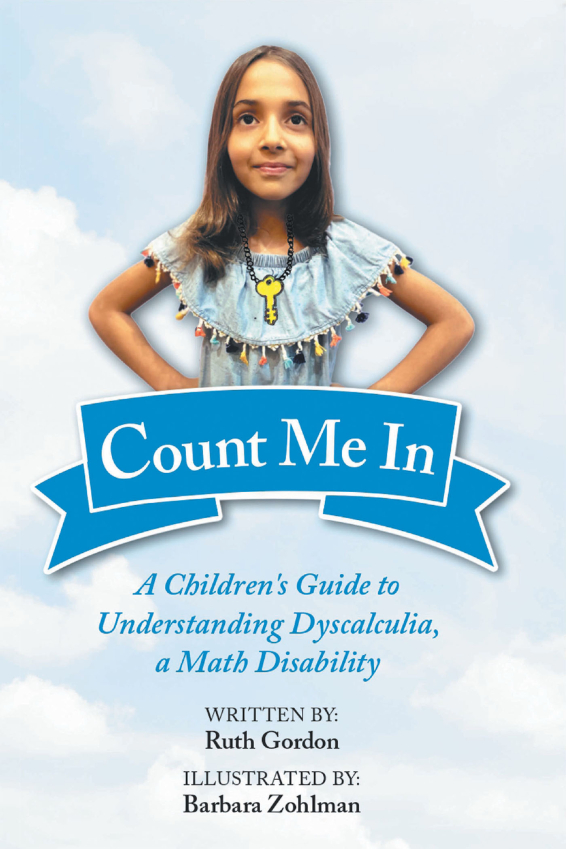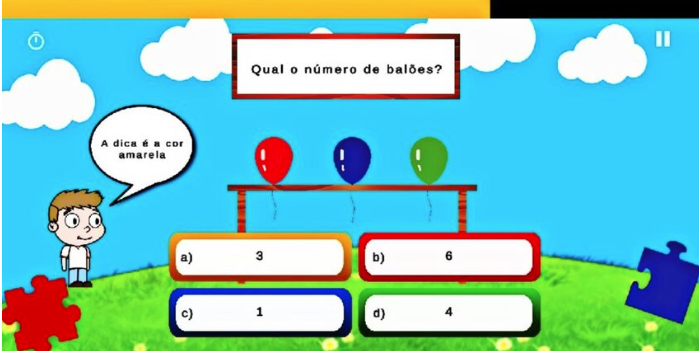The periodic table is a colorful tapestry of elements, each with its own unique properties and characteristics. To truly bring this fascinating subject to life, there are a variety of creative activities and games that can be used in the classroom and at home.
Imagine setting up a “periodic market” where students can trade elements and learn about their uses and properties. Or, creating a “periodic escape room” where students have to solve clues related to the elements to unlock the door.
To help students learn and engage with the periodic table, classroom activities are an ideal option. These activities not only make learning about the periodic table more engaging and interactive, but they also allow students to tap into their own creativity and imagination. Get ready to embark on a thrilling journey through the periodic table with these creative and interactive activities designed to engage and inspire middle school students!
Fun and educational activities for middle schoolers to explore the periodic table
A periodic table is a fundamental tool in the study of chemistry, and learning about the elements and their properties is essential for understanding the behavior of matter. Engaging middle schoolers in interactive activities that explore the periodic table can make learning about the elements fun and memorable. So, check these out!
1. Periodic Table Scavenger Hunt
Periodic Table Scavenger Hunt is an activity designed to help players learn about the elements of the periodic table in a fun and interactive way. For this activity, first, prepare a list of elements for students to find. This list can be tailored to the student’s level of knowledge, with more difficult elements for advanced players and simpler ones for beginners.
Next, hide the chits of elements in the classroom and have students find them. Hand out a copy of the periodic table to each student. Instruct players to find the elements on their list on the periodic table. Once a player has found an element, they should write down its symbol, atomic number, and any other relevant information about it. Set a time limit for the activity, such as 30 minutes or an hour. Once the time is up, students should present the information they have gathered about the elements they found.
Alternatively, teachers can also make teams, and each team can present the element they found, and the team with the correct information or the one who found the most elements wins the activity. The activity can be modified to suit different ages and skill levels and can be used as a fun way to review and reinforce knowledge of the periodic table.
2. Periodic Table Bingo

Periodic Table Bingo is an activity that uses the elements of the periodic table as the bingo calls. The activity is designed to help players learn about the elements of the periodic table in a competitive yet engaging way. To conduct the activity, prepare bingo cards with the elements’ symbols or names instead of numbers.
The number of elements you put on the card will depend on the level of difficulty you want for the activity. Hand out a bingo card to each player. Prepare a list of elements that will be used as the bingo calls. The elements can be chosen at random or can be tailored to the players’ level of knowledge.
Now, begin the activity by calling out the elements on the list one by one. As students hear an element that is on their card, they should mark it off. The first player to get five elements in a row horizontally, vertically or diagonally calls out “BINGO!” The winner is the first player to get a “BINGO!” After the activity, you can discuss the elements that were called out and their properties and characteristics.
Teachers can also make teams and keep scores for each team. To make it more challenging, one can also include the element’s atomic number and/or atomic weight.
3. Periodic Table Puzzle

A periodic Table Puzzle is an activity that involves arranging elements of the periodic table into their correct position. The activity is curated in a way to help players learn about the elements of the periodic table and reinforce existing knowledge. For this activity, prepare a set of puzzle pieces with the elements’ symbols or names on them. The number of elements placed in the puzzle will depend on the level of difficulty wanted for the activity.
In the case of a physical puzzle, mix up the puzzle pieces and place them in a pile or container. If a digital version is used, the elements will be in a scrambled form. Players must arrange the elements in the correct position on the periodic table, following the rules of electronic configuration, atomic number, and chemical properties of the elements.
If a player is unsure of where an element belongs, they can look up its properties and characteristics to determine its position on the periodic table. Once a player has correctly placed all the elements, they have completed the puzzle. After the activity, teachers can discuss the elements and their properties and characteristics, and the importance of their position in the periodic table.
4. Element Comparison

Element Comparison is an activity involving comparing and contrasting the properties and characteristics of different elements on the periodic table. Firstly, prepare a list of elements to be compared and contrasted. The list can be tailored to the players’ level of knowledge, with more difficult elements for advanced players and simpler ones for beginners.
Now, divide the players into teams or have them work individually. Give each team or individual a set of elements from the list to compare and contrast. Allow the players to research the elements and gather information about their properties and characteristics. Set a time limit for the research, such as 30 minutes or an hour. After the time is up, have each team or individual present their findings and compare and contrast the elements they have been given.
As a follow-up, teachers can also ask open-ended questions to encourage a deeper understanding of the elements and their properties and characteristics. The team or individual with the most accurate and detailed information wins the activity. The activity is an excellent way to improve students’ hold on concepts such as balancing chemical atomic structure, chemical reactivity, and uses. Furthermore, other activities of similar concepts, like balancing chemical equations and atomic structures, can also help the kids with learning the periodic table.
5. Periodic Table Quiz Show

The activity is a periodic table quiz show in which players are quizzed on their knowledge of the elements from the periodic table. The activity is divided into rounds, and in each round, players are presented with questions about different elements and their properties. Players earn points for each correct answer, and the player with the most points at the end of the activity is declared the winner.
For conducting this activity, the players can be divided into teams or play individually. Next, the host or facilitator of the activity will ask questions related to the elements on the periodic table, such as their atomic number, symbol, or properties. Players must answer the question correctly to earn points. The activity can be timed, and the questions can increase in difficulty as the activity progresses.
At the end of the activity, scores are calculated and the overall scores are compared to determine the winner.
6. Periodic Table Word Scramble

Periodic Table Word Scramble is an activity in which players unscramble words related to the elements from the periodic table. The activity is divided into rounds, and in each round, players are given a set of scrambled words related to elements. Players must unscramble the words to form the name of an element or its symbol. Players earn points for each word they unscramble correctly, and the player with the most points at the end of the activity is declared the winner.
For the activity, the players can be divided into teams or play individually. Next, the host or facilitator of the activity will provide a set of scrambled words related to the elements on the periodic table. Players must unscramble the words to form the name of an element or its symbol. Points are awarded for each word unscrambled correctly, and the activity can be timed.
At the end of the activity, scores are calculated and the overall scores are compared to determine the winner. As scramble is a vocabulary activity, combining it with a periodic table can be an interesting tweak.
7. Periodic Table Crossword

Periodic Table Crossword is an activity in which players use their knowledge of the elements from the periodic table to complete a crossword puzzle. The activity is divided into rounds, and in each round, players are given a crossword puzzle with clues related to elements from the periodic table. Players must use their knowledge of the elements to fill in the correct words in the crossword puzzle. Players earn points for each correct answer, and the player with the most points at the end of the activity is declared the winner.
For the activity, the players can be divided into teams or play individually. Next, the host or facilitator of the activity will provide a crossword puzzle with clues related to elements from the periodic table. Players must use their knowledge of the elements to fill in the correct words in the crossword puzzle. Points are awarded for each correct answer and the activity can be timed. At the end of the activity, scores are calculated and the overall scores are compared to determine the winner.
While focusing on the elements in the periodic table, the activity focuses on improving vocabulary and problem-solving skills. This activity is highly suitable for students of all ages and can be played in a classroom or as a fun activity with friends and family. Note: One can include clues about the element’s properties, history, and uses, as well as the names of scientists associated with the elements.
8. Element Trading Card

Element Trading Card is an activity in which players collect and trade cards featuring elements from the periodic table. Each card features a different element, including information such as its symbol, atomic number, and properties. Players earn points for each card they collect, and the player with the most points at the end of the activity is declared the winner.
For the activity, the players can be divided into teams or play individually. The host or facilitator of the activity will provide a set of Element Trading Cards that players can collect. Players can earn cards by answering questions correctly, completing tasks, or trading with other players.
Points are awarded for each card collected, and the activity can be timed. At the end of the activity, scores are calculated and the overall scores are compared to determine the winner. The activity promotes healthy competition among players while enhancing students’ understanding of the periodic table.
Conclusion
Incorporating periodic table activities alongside other chemistry games into the chemistry curriculum can be a fun and effective way to enhance students’ understanding of this important subject. Moreover, these can also be used for kids with learning disabilities like dyscalculia to understand the concept in a facile manner. These activities can range from simple flashcard drills to more complex lab experiments and creative projects.
They provide students with a hands-on and interactive approach to learning about the properties and behavior of elements and how to use the periodic table to predict and explain chemical reactions. By making the subject matter more engaging and interesting, students are more likely to retain the information and develop a deeper understanding of the material.




